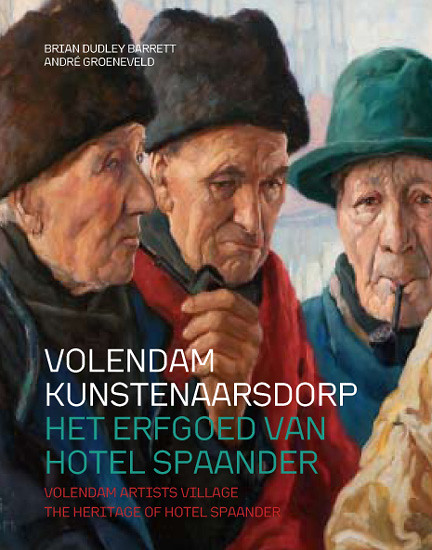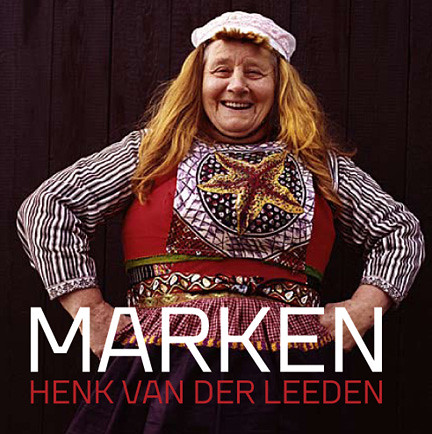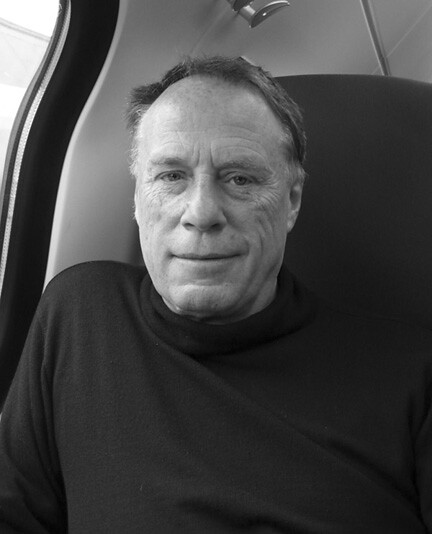 wanted
wanted interview the English typographer David Quay, following his latest creation, Kade. Since we had with other printers and had worked well. For example the repo had been good we did the American Jeff Knowles, who had made along with Neville Brody the New Deal. Also we had with the French Malika Favre, who with the English Anne Bra, had created a very sensual typography for the British magazine Wallpaper. But this time we wanted to do something a little different. So we worked on questions to ask about Quay. But then, we ask the typographer Argentine Ramiro Espinoza, his partner in Re-Type, for that would provide some feedback to our questions (his knowledge of the secrets of creating Kade could enrich them.) Here, exclusively for Visually, this report typo. (The translation also belongs to Espinoza)

1 - How did Kade? Forms where they come from?
I moved to Amsterdam in 2000. Upon arrival, the first thing I did was buy a typical Dutch Bicycle ("Oma") and start getting around the city as far as I could. I soon discovered the bays and docks of the city, full of old river transport boats, boats and "Tjalko" small boats timber and candles. Later I visited the "Harbour Museum" of Rotterdam has an excellent collection of boats and ships of the nineteenth century Dutch, as well as examples of cranes and warehouses. In these places caught my attention the letters used. Some resulted from the work of songwriters and others were cut and shaped metal plates on the sides of ships. To observe this kind of letters came my inspiration.
2 - Kade appreciate in some 'irregularity planned. " Do you agree? Can you explain why? Kade
grew slowly from a combination of different ideas and elements. Although now part of same system, an underlying structure that is mixed. For example, letters and numbers were influenced by different models.
Despite some rough aspect related to its origins, "Kade" was designed with reliability and attention. Certain combinations of letters were well cared for. For example, in the double "AA", which is common in Dutch, the top edges of the letters are truncated to reduce the spacing problems that occurred. Ligation "IJ" (a real voice in Nederland) was also designed with special attention for its importance language.

3 - How long does the design? What were the major obstacles that arose during the process?
I started working on this script four years ago using Fontographer, not being too sure about its design. The first version was called "Grof", a Dutch word meaning "rough" which can give you an idea of \u200b\u200bwhat their attributes at the time. I
in progressive stages and refining it until I felt satisfied with it. But I soon discovered that in the process the original spirit was lost, so I started again using as a starting point a less "crude."
While working on it, I showed some examples My colleague Jeremy Tankard, who enthusiastically told me of some points and encouraged me to keep going. That gave me confidence. I can not remember exactly what I said but I'm sure it was a bit surprised that at this point in my career was working on something a bit "different" or "unusual." Ramiro Espinoza later became interested in its potential and said "we must finish it and put it on sale." Ramiro was very helpful. Shared much of his experience in Fontlab, but sometimes I sent some emails with "Grrrr ..." as the title, though I do not strictly adhered to its advice. I spent months doing
kerning Kade and sometimes I had to redo it completely. In the end, thinking happy to have found a way to make consistently accurate kerning for the entire family, I also had to face its critics over "Grrrr". (Laughter)
4 - Today idiosyncratic as Kade design can find its place in editorial design. Why do you think that this is so? What has changed in editorial design for this to happen?
magazines have to compete with many other media. They need attention and one way to do this is resort to typographical choices are unusual. Of course there are traditional media such as Time magazine that does not need to resort to this such strategies. Here the content is more important than form. But in segments where there are many competing journals, using a typeface has personality, along with good layout and photographs immediately distinguishes design from the rest.

5 - Can you tell us about the design of the italics?
The idea for the emphasis came from a chat with a technician at a shipyard in the town of Den Oever. I asked him how adapted the lyrics to the curvature of the sides of ships and he replied simply rotated to the left or right, depending on the side. For that reason I decided not to follow the procedure standard tilt and correct Roman letters but simply rotate every 8 degrees. Left intact most elements was corrected only where strictly necessary.
6 - How would you describe Kade?
difficult question. Resume a bit of my perception of the Netherlands. Kade insurance does not express the identity of Amsterdam, that is something that is reserved for works like 'Trinite' by Bram de Does. I think that Kade is more industrial side of town that circles 'cultural'. It is the spirit of the yards. A source that rests happily in the bays of Den Oever, Rotterdam or Antwerp.
7 - Are you planning more variables?
Yes, I'm working on a bold and be extra light version, both with italics.

8 - Not being Dutch, why this interest in a tradition of lyrics as Dutch? Where does the affinity for a school that does not seem too close to their origins?
I wanted to make a typeface that reflects the character of my adopted country: the pragmatic, direct and honest. Something that is free and out of true Dutch typographic tradition, which I've never really been a party. Maybe I can see something different and obvious that they have overlooked. It also happens that culture Type Design in Holland is very academic and orbits the Master and Media Type "on KABK (Royal Academy of Arts in The Hague). I decided to look outside of that tradition and look into the vernacular forms, those that have been made by songwriters and engineers with their own skills and traditions.
0 comments:
Post a Comment